A report that the Tennessee Fire Marshal wants campers and RVers to be aware of the dangers of carbon monoxide (CO) got me thinking about the CO detector in the Winnebago View/Navion. Carbon monoxide is colorless and odorless, and according to the article, is “created when fuels (such as kerosene, gasoline, wood, coal, natural gas, propane, oil and methane) burn incompletely. Carbon monoxide can result from several pieces of camping equipment, such as barbecue grills, portable generators or other fuel-powered devices.”
RVs and tent campers need to be especially cautious as the very tools used most when camping, such as stoves, BBQ grills, lanterns, and portable generators, also produce dangerous levels of carbon monoxide. Care should be taken to keep all CO producing devises outside and away from doors and windows where the gas can enter. Have functioning CO detectors installed with fresh batteries.
Tennessee now requires that rented RVs have a functioning CO detector in light of the tragedy that occurred last year. In Clarksville, TN five campers died when CO from a generator entered their leased RV, probably through a rear hatch that was not closed properly. The RV had a carbon monoxide detector, but had no batteries.
Carbon Monoxide Symptoms
According to the CDC, the most common symptoms of CO poisoning:
- Headache
- Dizziness
- Weakness
- Nausea
- Vomiting
- Chest pain
- Confusion
High CO levels can lead to death, which typically runs around 400 Americans each year and 20,000 ER visits.
Functional Carbon Monoxide Detectors
While running some searches, I quickly discovered that missing or old batteries where to blame for many other tragedies, and near tragedies. I also discovered that the sensor in the alarms have a limited life, usually, of only five years, and then the alarms themselves need to be replaced. This made me stop what I was doing and go out to the RV to check out the CO alarm. I’m in the habit of replacing all detector batteries in the house and RV every six months with the time change. What I did not know is that I should also look for an expiration date on the alarm at the same time to verify the unit meets requirements.
- Costar 9A Alarm
- Look for Replace By
- Back of Costar 9A
- Battery Door
- Costar 9A mounting bracket
The CO detector that Winnebago installed in this 2008 Navion 24H is a Costar 9A, and is good until April 2013. Be sure to stop what you’re doing and check for this date. Just because your motorhome or travel trailer is only a few years old, doesn’t mean it wasn’t on the manufacturer’s shelves for awhile. I’ve taken the additional step to add buy replacement detector to my electronic calendar – in my case iCal that also updates my iPhone and iPad. I’ve also confirmed that testing all alarms is added to my “pre-flight” checklist.
Don’t Learn the Hard Way
To the campers who have suffered CO poisonings, and the loved ones of those who lost their lives, know that I took action to prevent this same fate. I hope that provides some small comfort in knowing that other losses may be avoided because of what we’ve learned from your experience.
Carbon monoxide can not be smelled or seen and is a silent killer. So go now to check your alarm detectors in your motorhomes, travel trailers, boats, pop-tents, and whatever vehicle you may sleep in. And finally, tent campers – why not bring one with you to have it in your tent? They’re very portable and there’s no excuse not to carry one.
Most RVs will require 3 types of detectors, so while you’re at it, don’t forget the smoke/fire and propane detectors.
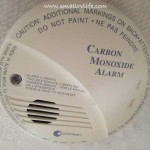
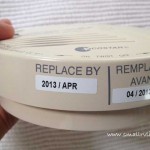
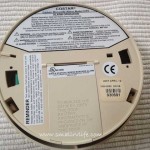
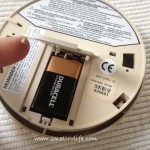
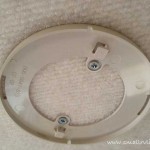


Follow Us: